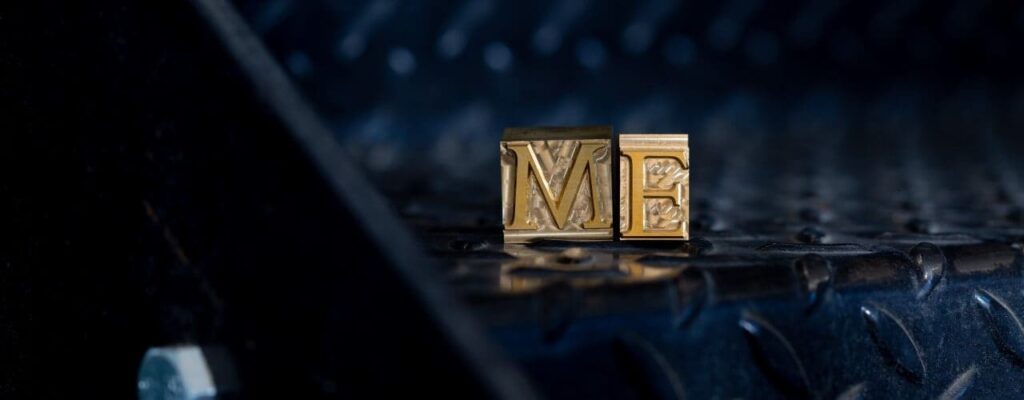Create carefully crafted brass type in the font of your choice.
Choosing a brass font
Serif or Sans Serif?
In basic terms, Serif fonts feature small embellishments, such as curves or lines, at the ends of each letter’s strokes. In contrast, sans serif fonts lack these decorative elements, giving them a more contemporary and streamlined appearance.

Serif
Definition: Serif fonts have small decorative strokes (called “serifs”) at the ends of their letters
Examples: Times New Roman, Garamond, Georgia.
Characteristics: They often convey a sense of tradition, formality, and elegance. The serifs can help guide the reader’s eye along the lines of text, which can improve readability in print

Sans Serif
Definition: Sans serif fonts do not have these decorative strokes. The term “sans” is French for “without.”
Examples: Arial, Helvetica, Calibri.
Characteristics: They are typically seen as more modern and cleaner. Sans serif fonts are often preferred for web and digital applications because their simplicity can enhance legibility on screens
Can I use Script Fonts?
Script fonts and brass type have fundamental differences in design and functionality, which affects their compatibility for certain uses.
Script fonts are often designed to mimic handwriting, featuring fluid, connected letters and varying line thickness. This complexity can make them difficult to reproduce in brass type, which typically relies on clearer, more distinct letterforms for readability. Many script fonts have letters that are meant to be connected or overlapped in a flowing manner. Brass type, on the other hand, is designed as individual, separate characters, making it challenging to replicate the intended appearance of a script font.



